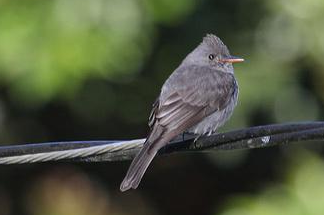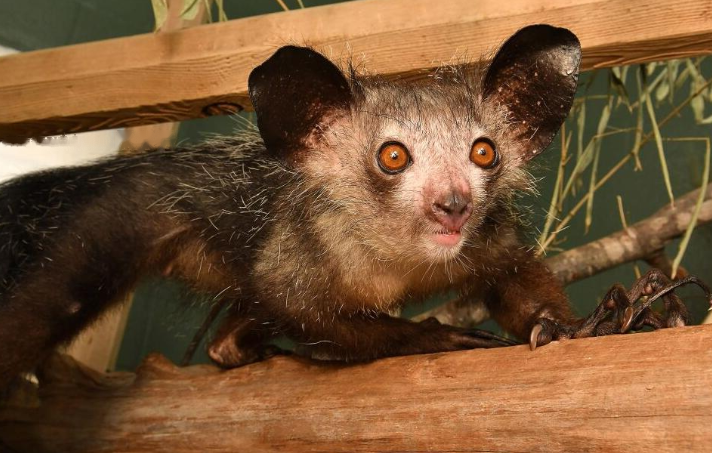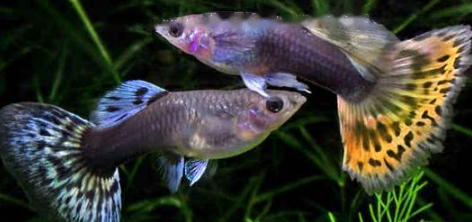Desert iguana, as its name suggests, is a species of lizard widely distributed in desert areas, with a total length of about 30-40 cm and a lifespan of 12-15 years. It can be divided into 3 subspecies depending on the place of origin. Although desert iguanas are cold-blooded animals, their body temperature is only 12 degrees lower than that of humans, so they are not really cold-blooded animals. The following is a brief introduction to the popular science knowledge of desert iguanas!
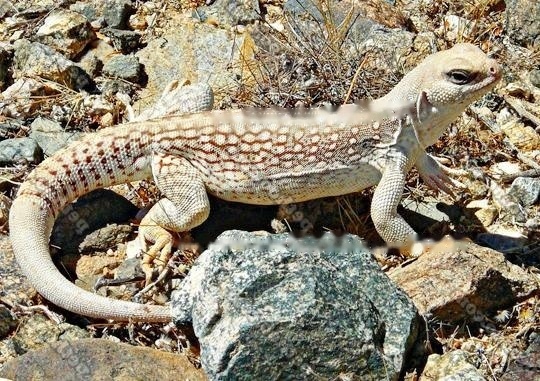
I. Basic information
【Chinese name】Desert iguana
【Latin name】Dipsosaurus dorsalis
【 Kingdom: Animalia
【phylum】Chordates
【Class】Reptiles
【Order】Squamia
【 Family: Iguanidae American Iguana
[Species] Desert Iguana
[Reproduction] Oviparous
II. Morphological characteristics
1. Body size and spawning: Desert iguanas are 30-40 cm in length and mate between April and May. The ventral part of the adult will show a pink luster. Eggs are laid in June-August, and each litter can produce 3-8 eggs, which can hatch in August-September.
2. Body color: The desert iguana is gray with white markings, and the abdomen and sides are white.
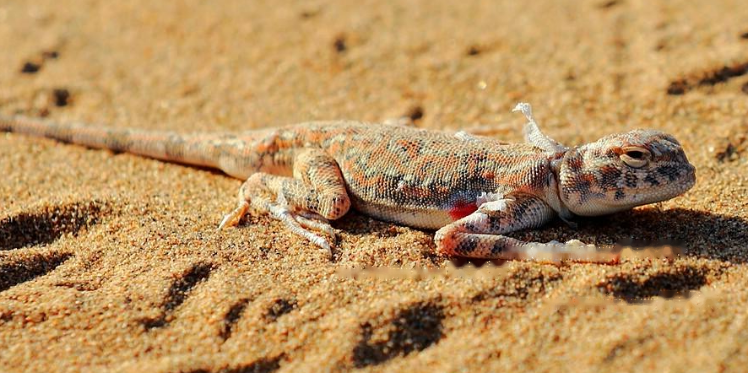
III. Living habits
1. Distribution: Desert iguanas are widely distributed in the southwestern states of the United States such as California, Utah, Arizona and Nevada and Mexico Small to medium lizards of the Northwest. They mainly inhabit desert grassland areas, dominated by the Mojave and Sonora deserts of the southwestern United States.
2. Diet: Desert iguana larvae can feed on insects, vegetables and fruits. Although they are mainly herbivorous, they will occasionally prey on insects.
3. Habits: Because the water circulation in the desert iguana is very slow, it can withstand high temperature and a very dry environment. It is quick and agile. It is a very alert lizard. will dodge immediately.
IV. Protection level
Desert iguanas are listed in the Red List of Chinese Biodiversity - Vertebrate Volume, and the assessment level is low risk (LC ).
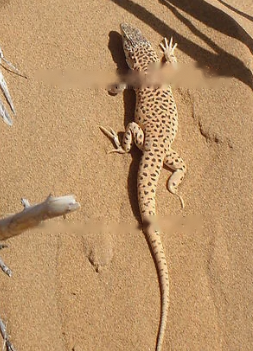
V. Precautions for feeding
1. Desert iguanas are omnivorous, but tend to be vegetarians, and their daily food is mainly green leafy vegetables, flowers and seeds The larvae can also be fed with mealworms or crickets 1-2 times a week, and the adults can be fed with worms less frequently.
2. Although desert iguanas can be raised in groups, the males are still very territorial, especially during the breeding season between March and June, fighting between males is unavoidable, although it will not cause Death, but because their tail is 1.5 times longer than the body, it is still very common to be bitten. It is best to keep only one male, and the larvae have less such concerns .
![[Original] Sharing of popular science knowledge of ringed map turtles](/static/img/11249/11249_1.jpg)




